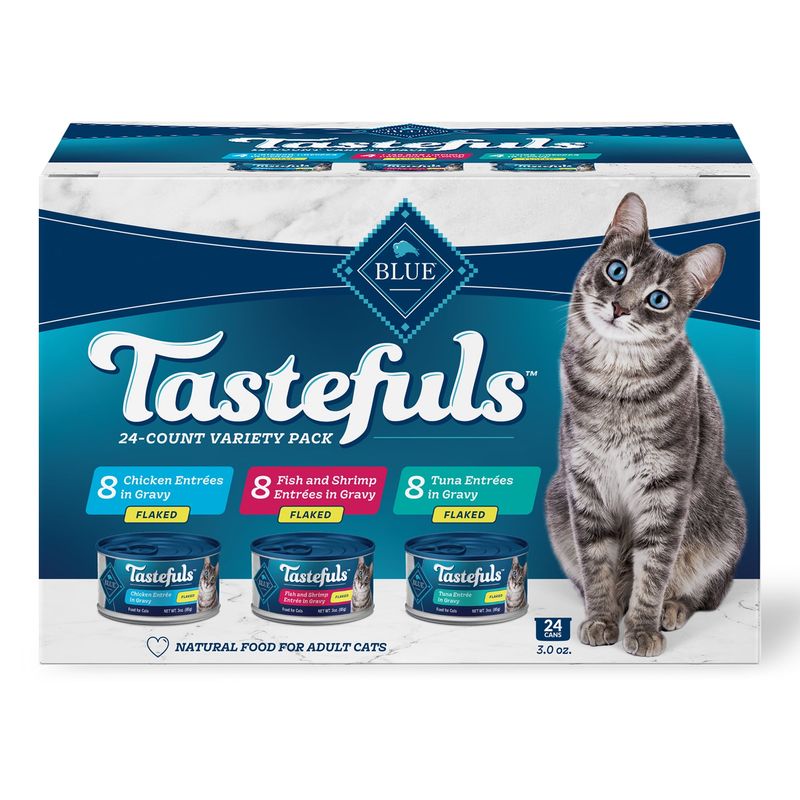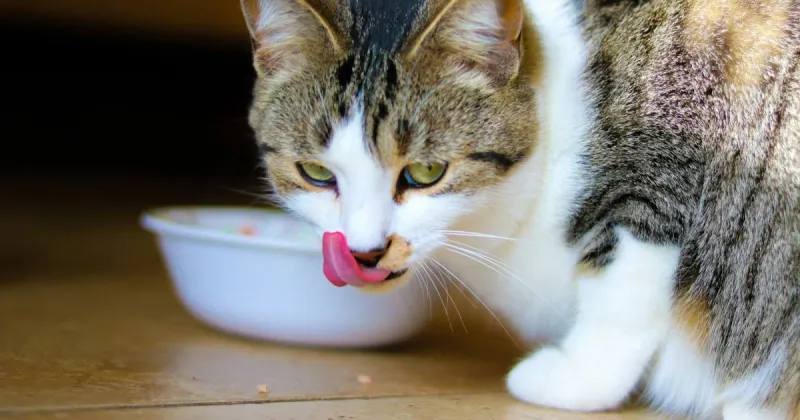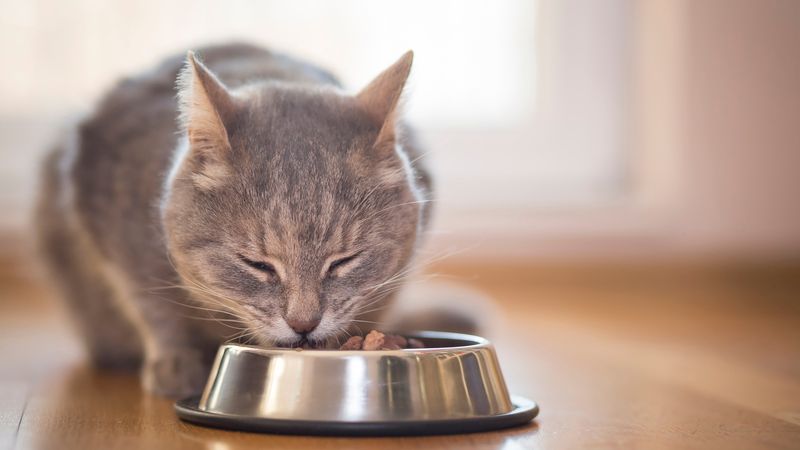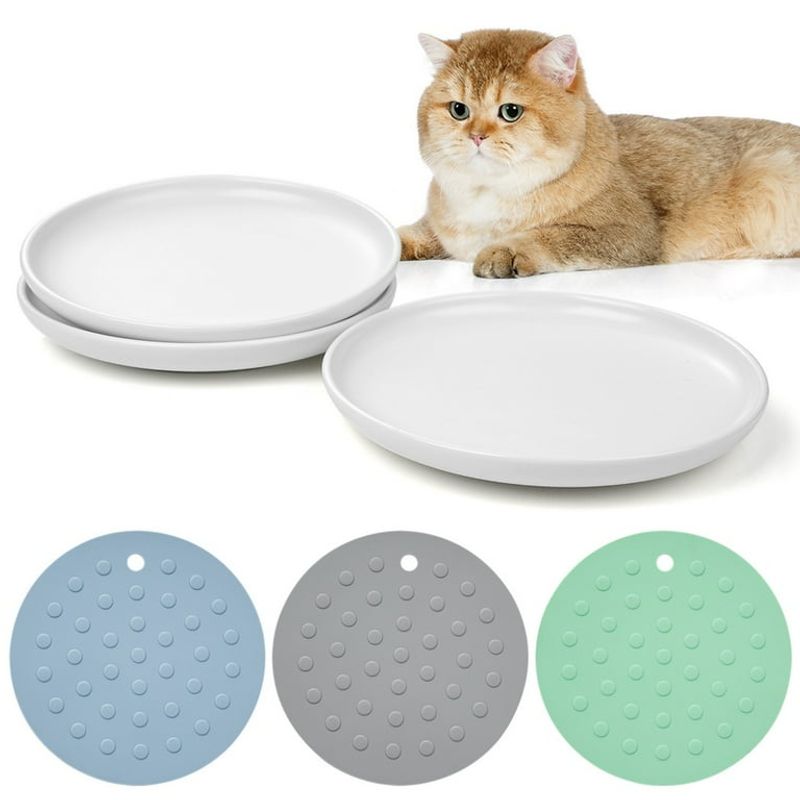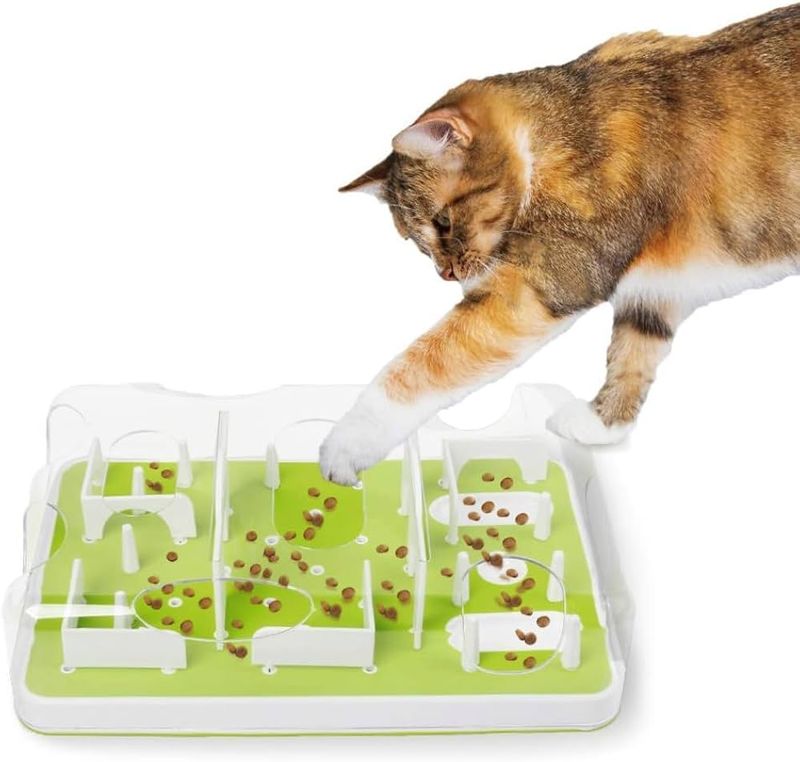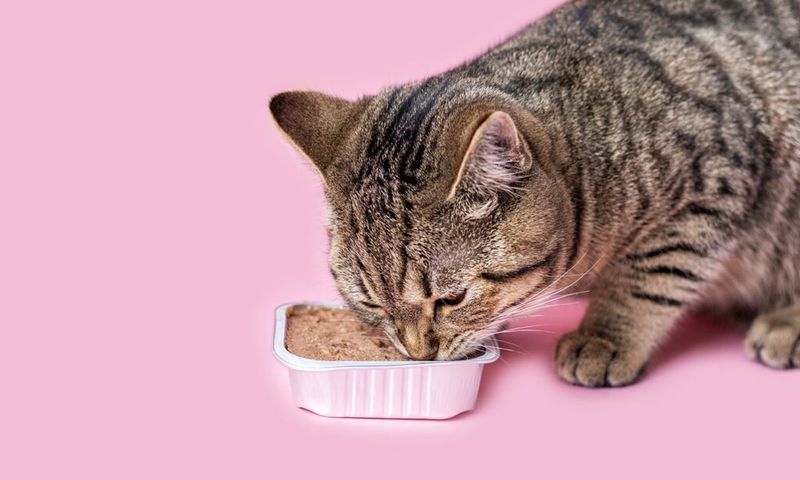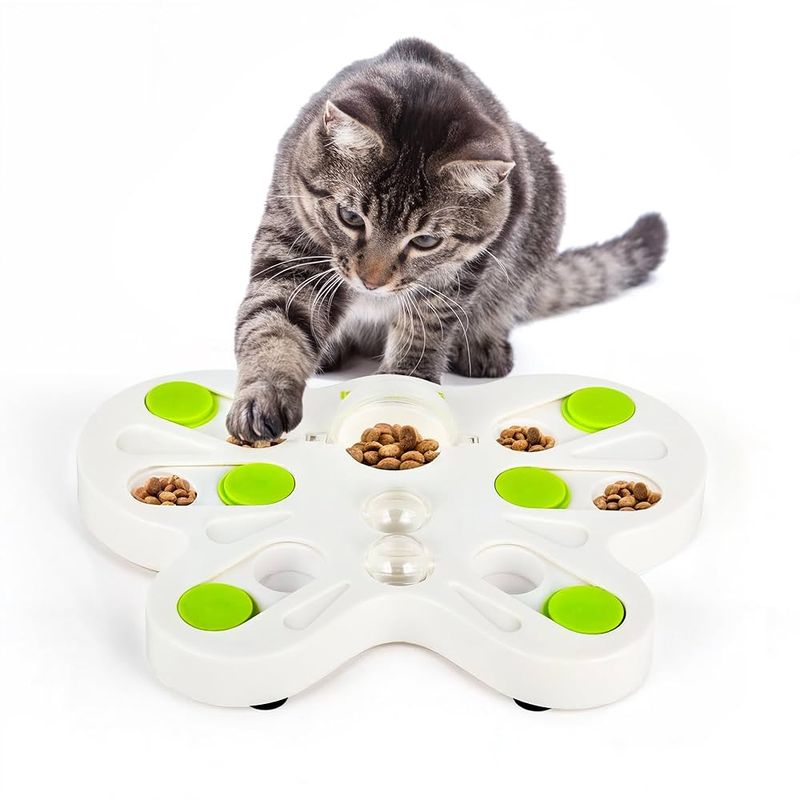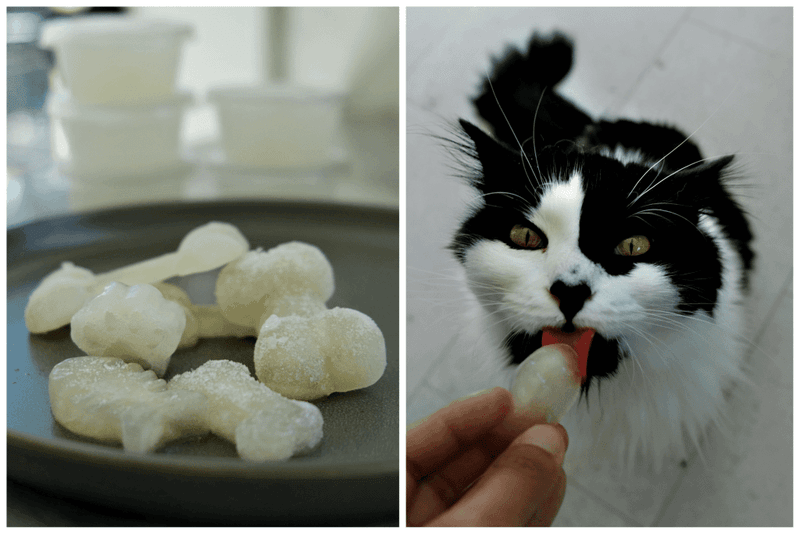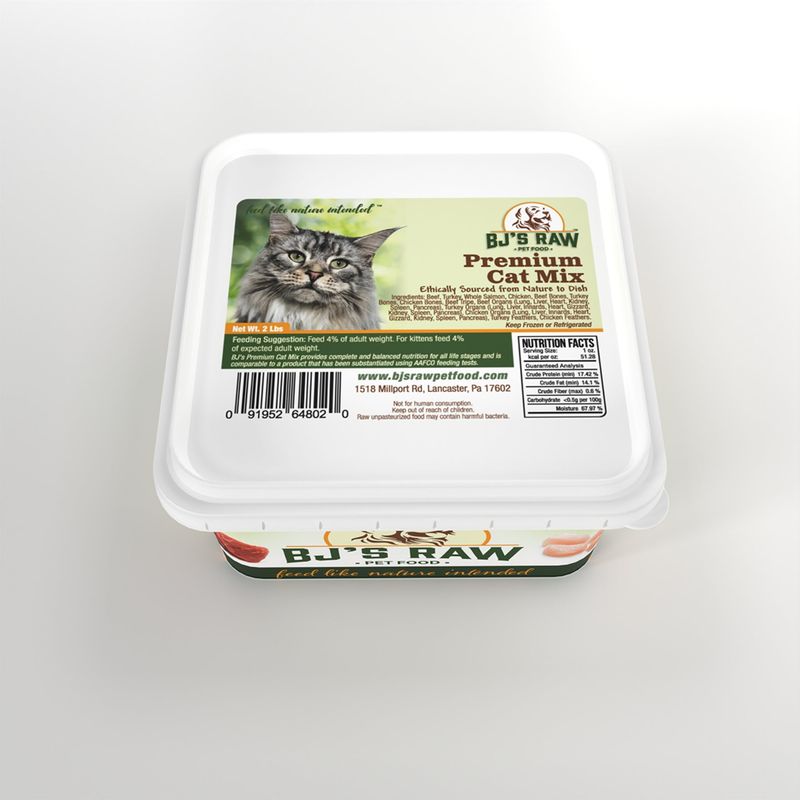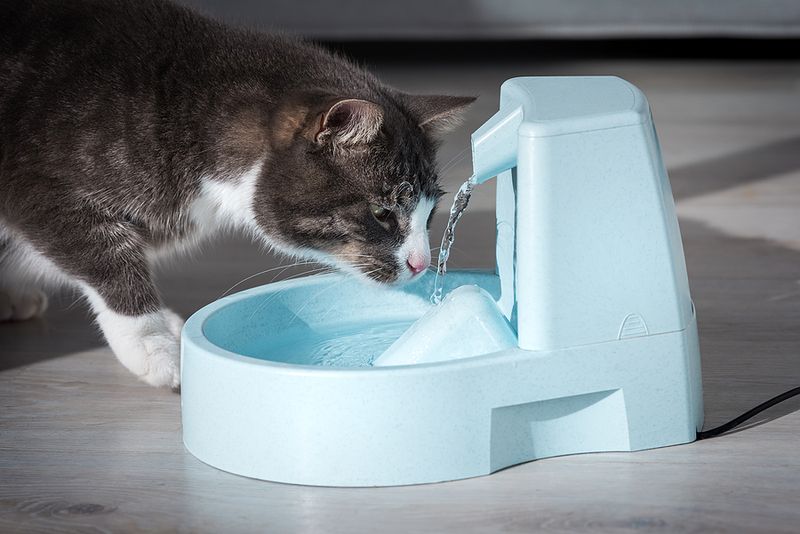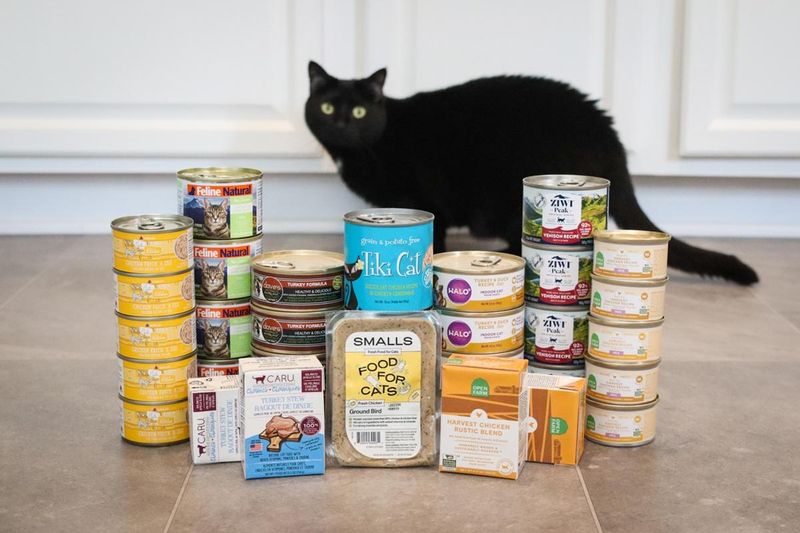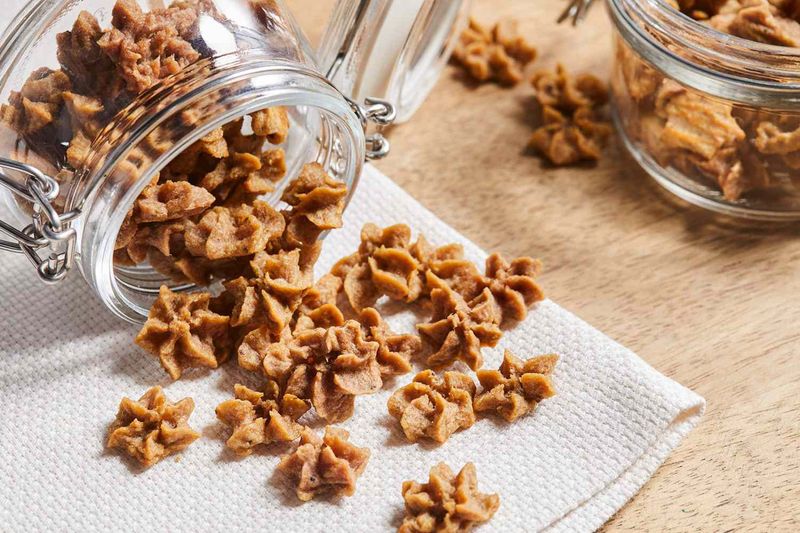📖 Table of Content:
- 1. Experiment with Flavors
- 2. Serve Warm Meals
- 3. Create a Calm Environment
- 4. Use Shallow Dishes
- 5. Introduce Puzzle Feeders
- 6. Try a New Feeding Schedule
- 7. Incorporate Wet Food
- 8. Involve Feeding Toys
- 9. Add a Dash of Broth
- 10. Offer High-Quality Food
- 11. Provide Fresh Water
- 12. Rotate Food Brands
- 13. Include Homemade Treats
Feeding a finicky cat can be a frustrating experience for any pet owner. Cats are known for their independent and often picky nature, making mealtime a challenging affair. However, there are proven strategies that can help make this task easier and more enjoyable for both you and your feline friend. This guide offers 13 effective tricks to ensure your cat receives the nutrition they need without the hassle. From experimenting with flavors to creating a comfortable dining environment, these tips are designed to cater to your cat’s unique preferences and needs.
1. Experiment with Flavors
Cats can be surprisingly selective about their food flavors. Try offering a variety of tastes, such as chicken, fish, or beef, to see which your cat prefers. Cats have individual flavor preferences much like humans. Switching up flavors can reignite your cat’s interest in their meals. A playful approach to feeding can also make the experience more enjoyable for both of you. Did you know? Cats have fewer taste buds than humans, so smell plays a crucial role in their food choices.
2. Serve Warm Meals
Ever notice how your cat is drawn to warm spots? They love warmth, even in their food. Warming up your cat’s meal can enhance its aroma, making it more appealing. A warm dish mimics the temperature of fresh prey, triggering natural instincts to eat. The cozy heat from the food can be comforting, encouraging your cat to finish their meal. It’s a simple trick that can transform mealtime into a comforting and satisfying experience.
3. Create a Calm Environment
Cats are sensitive creatures, easily disturbed by noise and chaos. Ensure their eating area is quiet and free from interruptions. A calm environment can reduce stress and anxiety, encouraging your cat to eat. Soft lighting and quiet surroundings can make a world of difference. Providing a peaceful space allows your cat to focus solely on their meal, making feeding time an enjoyable routine rather than a stress-filled chore.
4. Use Shallow Dishes
Some cats are sensitive to the feel of their whiskers against deep bowls. Shallow dishes can prevent this discomfort, making eating more pleasant. The wide, flat surface of a shallow dish avoids pressing against their sensitive whiskers, which can be off-putting. This simple change in dishware can significantly alter your cat’s eating experience. It ensures they’re comfortable, helping them enjoy their meal without unnecessary distractions.
5. Introduce Puzzle Feeders
Turn mealtime into a fun challenge with puzzle feeders. These feeders stimulate your cat’s natural hunting instincts, making eating an engaging activity. By working for their food, cats can find feeding more rewarding and exciting. This approach can also slow down fast eaters, promoting better digestion. Puzzle feeders are available in various designs, catering to different difficulty levels and feeding styles.
6. Try a New Feeding Schedule
Routine is crucial for cats, but sometimes a little change can spark interest. Experiment with feeding times to see which suits your cat best. Some cats may prefer eating in the early morning, while others might enjoy a late-night snack. By observing your cat’s behavior, you can tailor a schedule that fits their natural rhythm, making mealtime more appealing and less of a struggle.
7. Incorporate Wet Food
Wet food can be a game-changer for finicky eaters. Its texture, moisture content, and aroma make it irresistible to many cats. Mixing wet food with dry kibble can add variety and interest, potentially improving your cat’s appetite. The added hydration from wet food is also beneficial for their health, particularly for cats who don’t drink enough water. Offering a mix of textures and tastes can keep feeding time exciting.
8. Involve Feeding Toys
Feeding toys can transform boring meals into interactive play sessions. As cats bat or chase these toys, they release food, mimicking the thrill of catching prey. This method engages your cat’s instincts and keeps them mentally and physically active. Feeding toys are especially useful for overweight cats needing exercise. They also make mealtime fun, reducing the chances of boredom-related feeding issues.
9. Add a Dash of Broth
A splash of low-sodium chicken or beef broth can make dry kibble more enticing. The savory aroma and added moisture can enhance the meal’s appeal. Broth adds flavor without unhealthy additives, turning plain food into a gourmet experience. Ensure the broth is cat-safe, lacking onions or garlic, which are harmful. This simple addition can revitalize your cat’s interest and encourage them to finish their meal.
10. Offer High-Quality Food
Quality ingredients can influence your cat’s willingness to eat. Premium cat foods often contain better cuts of meat and fewer fillers. Cats can taste the difference, often preferring richer, more natural flavors. Investing in high-quality food can improve not only their enthusiasm but also their overall health. An appealing aroma, combined with superior taste, makes these foods a hit among picky eaters.
11. Provide Fresh Water
Fresh water is essential, but it’s easily overlooked. Cats often prefer running water, akin to streams in the wild. A pet water fountain can encourage them to drink more, supporting hydration. Keeping water bowls clean and filled with fresh water ensures your cat stays healthy. Hydration complements a balanced diet, aiding digestion and nutrient absorption, crucial for maintaining your cat’s well-being.
12. Rotate Food Brands
If your cat grows bored with their food, try rotating brands. Different brands offer varying flavors and textures, keeping meals exciting. Rotating food can also provide a broader range of nutrients. However, make changes gradually to avoid digestive upset. By offering a variety, you cater to your cat’s ever-changing palate, ensuring they remain interested in their meals.
13. Include Homemade Treats
Making treats at home allows you to control ingredients, offering healthy rewards. Homemade treats can be tailored to your cat’s taste preferences. Using ingredients like chicken, tuna, or cheese can make these snacks irresistible. It’s an opportunity to bond with your pet while ensuring they’re eating nutritious, safe treats. This personal touch can enhance their feeding experience, making it both fun and rewarding.

